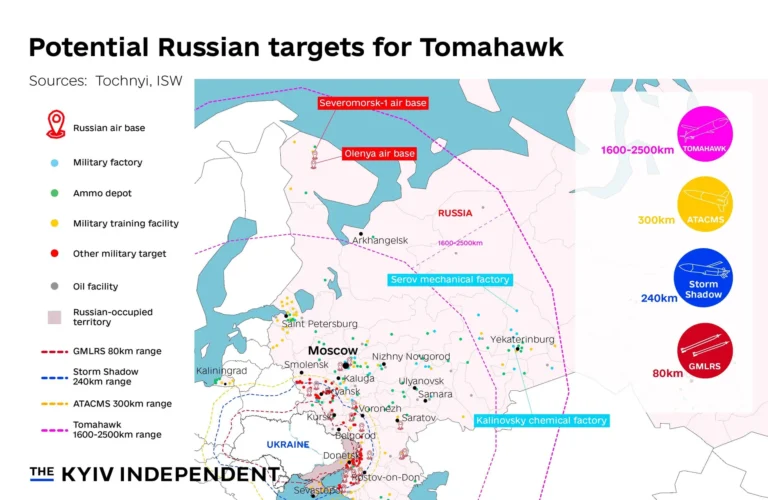
In just one day, U.S. President Donald Trump will meet Russian President Vladimir Putin in Anchorage, Alaska. On paper, the goal is peace in Ukraine. In reality, the stakes could not be higher and the dangers far greater than many realize.
According to multiple reports, Trump is exploring a peace deal that could involve Ukraine surrendering territory, including parts of Donetsk and Luhansk, in exchange for a ceasefire. The plan, floated in conversations between Trump’s envoy Steve Witkoff and Putin in Moscow, would see Kyiv withdraw from regions that remain partly under Ukrainian control. For Ukraine, that means abandoning cities, defensive lines, and hundreds of thousands of citizens to Russian occupation.
“About to Be Sold Out”
Ukrainian officials were blunt in private: they fear being “a little bit sold out.” President Volodymyr Zelensky hasn’t even been invited to the Alaska meeting, a major diplomatic victory for Moscow and a blow to the principle that nothing about Ukraine should be decided without Ukraine.
European leaders, alarmed by Trump’s unpredictability and willingness to entertain Putin’s proposals, have scrambled to set boundaries. In a high-stakes video call with Trump on Aug. 13, Chancellor Friedrich Merz of Germany, British Prime Minister Keir Starmer, and French President Emmanuel Macron insisted on a clear sequence: ceasefire first, territorial issues later and only with Ukraine’s full participation.
Putin’s Play
Moscow’s offer isn’t a compromise. It’s a demand for Ukraine to give up land it still defends, in return for a freeze on fighting elsewhere. If accepted, Russia would secure critical defensive terrain in Donbas, making future offensives against Ukraine, and potentially beyond, far easier. It’s an attempt to achieve diplomatically what the Kremlin’s military has failed to accomplish in nearly three years of full-scale war.
As Alyona Getmanchuk, Ukraine’s envoy to NATO, put it: “Putin wants to achieve by diplomatic means what he failed to achieve by military means.”
Europe’s Weak Hand
Merz and other European leaders are doing everything they can to keep Trump from cutting a side deal with Putin. But without U.S. military and intelligence support, Ukraine’s position on the battlefield would become far more precarious. European officials privately admit they are in a “weak position”, reliant on Trump’s mood and willing to flatter him in the hope he won’t give away the store.
The Human Reality
In Kramatorsk, the largest Ukrainian-held city in Donetsk Oblast, residents live under constant threat of bombardment, yet still believe in Ukraine’s future. “Kramatorsk is Ukraine, it was and it will be,” said Nataliia Petrukhina, a local gardener. Soldiers, too, are divided. Some resigned to a tactical retreat, others determined to fight for every inch of land.
But for all their courage, their fate may be decided 8,000 kilometers away, in a closed-door meeting between two men with very different agendas, neither of them Ukrainian.
What’s at Stake in Alaska
If Trump gives Putin what he wants, land, legitimacy, and relief from isolation, it will be sold as “peace.” But it would be a peace built on the forced transfer of territory, the abandonment of millions of Ukrainians, and a dangerous precedent that aggression pays.
History has shown that deals made at the expense of smaller nations rarely end in lasting stability. They end in more war.
Ukraine’s allies should remember this before the Alaska summit. Because if Ukraine is carved up in Anchorage, the consequences will not stop at the Dnipro River or even at Ukraine’s borders.
If you found this analysis valuable, you can support my work on Buy Me A Coffee and help me continue breaking down the stories that shape our world. Every contribution keeps independent coverage alive.




